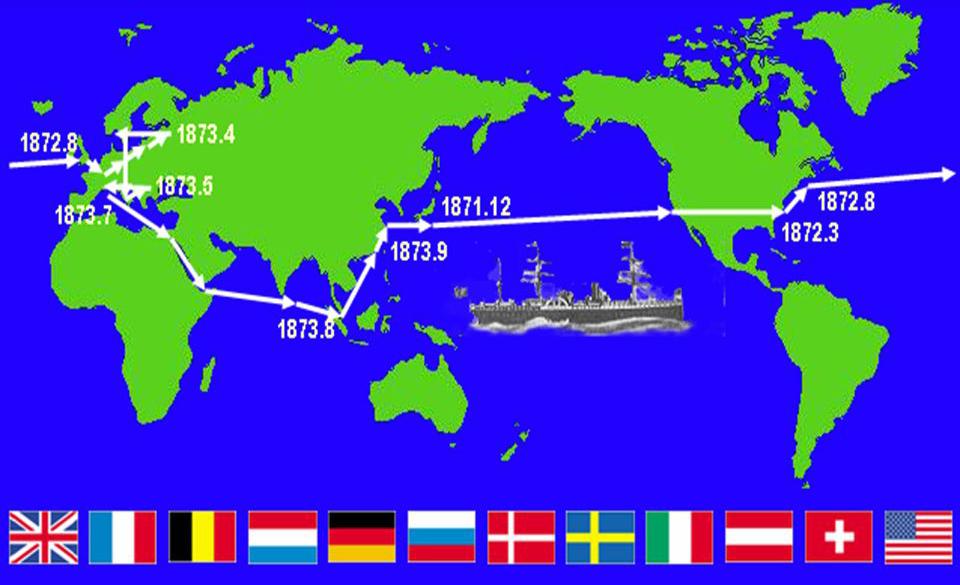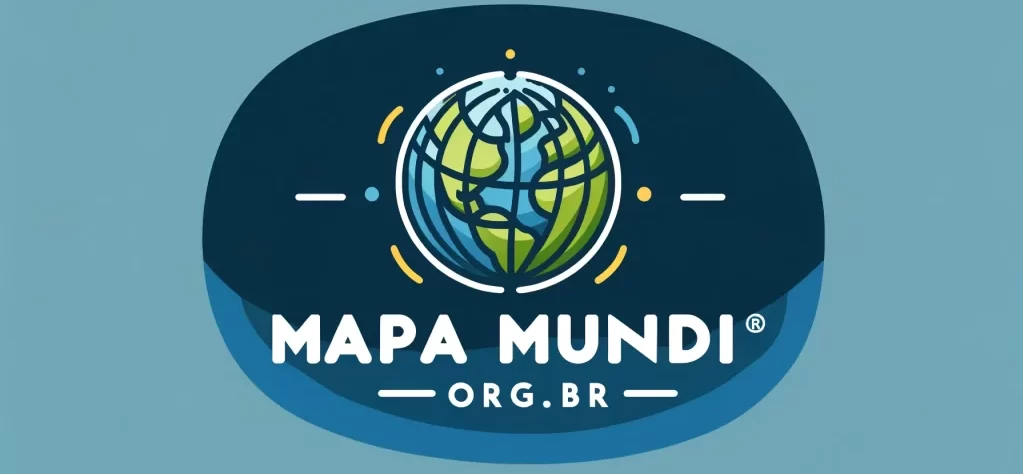
Any reflection on the emergence of Asia as (The) major axis of globalization at the beginning of this century and the role that the continent is playing on the geoeconomic / geopolitical level, have to recap, At my point of view, what happened to Japan in the late 19th century.
It is worth remembering that the country has remained practically closed to the world for more than two hundred years, by imposition of the Tokugawa shoguns, who feared that the “insidious” Christianization of the population by Catholic missionaries – Portuguese Jesuits, mainly – to undermine the pillars and the soul of the nation. This poignant chapter of Japan's history, chamado Sakoku – Sakoku – “closed country”- is masterfully registered in the book “O Silêncio”, by Japanese writer Shusaku Endo, catholic himself, by the way.
It is “the status quo” endured until 1854, when four American ships, that the Japanese called “kurofune” - black boats - commanded by Commodore Matthew Calbraith Perry landed in Tokyo Bay and made a menacing display of warlike power. Creeped out, the shogunate agreed – by the “Kanagawa Convention” – opening two ports for American ships and allowed a permanent US consulate to be installed in the port city of Shimoda. In exchange, the US agreed not to bomb Edo, what was Tokyo called, So.
Trauma paved the way for Japan's opening to the West. E, about everything, led to the resumption of power by the Imperial House, who until then lived "exiled" in Kyoto, enjoying only an abstract throne. That's how Matsuhito, the Emperor Meiji – the “son of the Sun” - regained the leadership of the worn Tokugawa shogunate, whose last representative, Yoshinobu, after resigning at the end of 1867 withdrew from public life.
It fell to the young Emperor – Meiji Tennō - who was just one year old when the Americans entered Tokyo Bay and fourteen when he took the throne of the Rising Sun, the initiative to lead Japan's ambitious transformation from a feudal country into one of the greatest superpowers in the modern world. For so much, in August 1871, the debutant Meiji government abolished the traditional feudal domains of the “daimyios”, that were hereditary, and replaced them with city halls under centralized authority. This bloodless revolution rescued ownership of the lands that made up pre-modern Japan's power grid for the central government. After 260 years of Tokugawa playfulness, this became the great challenge: transform an isolated and feudal country into what has become the second largest economy on the planet until 2010.
The challenge of modernizing Japan remained open: diagnosis completed by the political elite, with Emperor Meiji at the head, indicated that it was necessary to learn from foreign powers. So it was that just four months after the Emperor's consecration, three architects of this change - Iwakura Tomomi, Kido Takayoshi and Ōkubo Toshimichi - left on a trip 18 months in charge of a mission that aimed to observe the political and economic realities in Asia, in the United States and Europe, in the search for learning and projects for the construction of a model for the Empire.
Iwakura led the mission as a Plenipotentiary Ambassador, what gave her her name. It consisted of about 50 members, including Itō Hirobumi, who would later occupy the post of Prime Minister and become one of the most respected politicians in his country, in addition to several others that would form the new elite of Japan. They were accompanied by about 60 students, some of whom were left behind in order to complete their education in foreign countries, among them five young women who stayed in the United States to study. For the sake of truth, there had already been some similar attempts in the twilight of the Tokugawa shogunate.
The mission was built around research. Its members visited 120 specific cities and towns in 12 countries – in east asia (China and Singapore), in Europe and the United States – where they observed and endeavored to learn all possible aspects of Western civilization, from those of a political and administrative nature to the military, to diplomacy, the economy, the industry, the education, the religion, transport, communications, culture, recreation, etc.. Both the points they considered positive and negative were analyzed: travelers have also noted the depressing aspects of Western civilization, and every day they met to debate and study what they had witnessed, keeping in mind that this experience would support decisions that would be adapted to the real conditions in Japan after the return.
The backbone of this new policy was to preserve the concept of “wakon yōsai” – Japanese spirit and Western learning -, that is, a modernizing approach that sought to assimilate foreign technology without, However, lose national identity, including with regard to the military aspects, embodied in the “fukoku kyōhei” slogans – enrich the country, strengthen the military – e “shokusan kōgyō” – increase production, promote the industry -, which had a nefarious influence when the Tokyo government took on a distinctly imperialist and militaristic character throughout the East Asia region in the late 19th and early 20th centuries, whose tragic end was the bombs of Hiroshima and Nagasaki.
All of these facts serve to demonstrate the obstinate spirit of the Japanese political and business elite, that leveraged the country destroyed at the end of World War II to the rank of the second world power in less than thirty years: let us not forget that from 1968 and even 2010 the country was the second largest GDP on the planet!
I believe that this "script" has a lot to teach about what is currently happening in Asia. The curve of civilizations is not static and its layout depends a lot on the commitment of their societies: elite and population. If we look at the map of the continent, today, we could conclude that much of what happened in Japan Meiji applies to Xi Jinping's China: the same initial copy of the West; the developmental momentum of Deng Xiaoping's reforms; the same self-confidence fueled by the desire for hegemony of the elite of the Xi era with the (still…?) massive population agreement, fascinated by an unsuspected quality of life, for example, when I served in Beijing, in 1994/7. In contrast, this same “China Dream” raises suspicions and antagonisms on the part of societies and countries that feel threatened by this affluence, especially if it multiplies by 1,4 billion people! What will be the next step?
Nothing like history - actually so important to the Chinese, and so “melancholy”, somehow, for the Japanese – to serve as a reflection.
And assim "the ship goes"…
